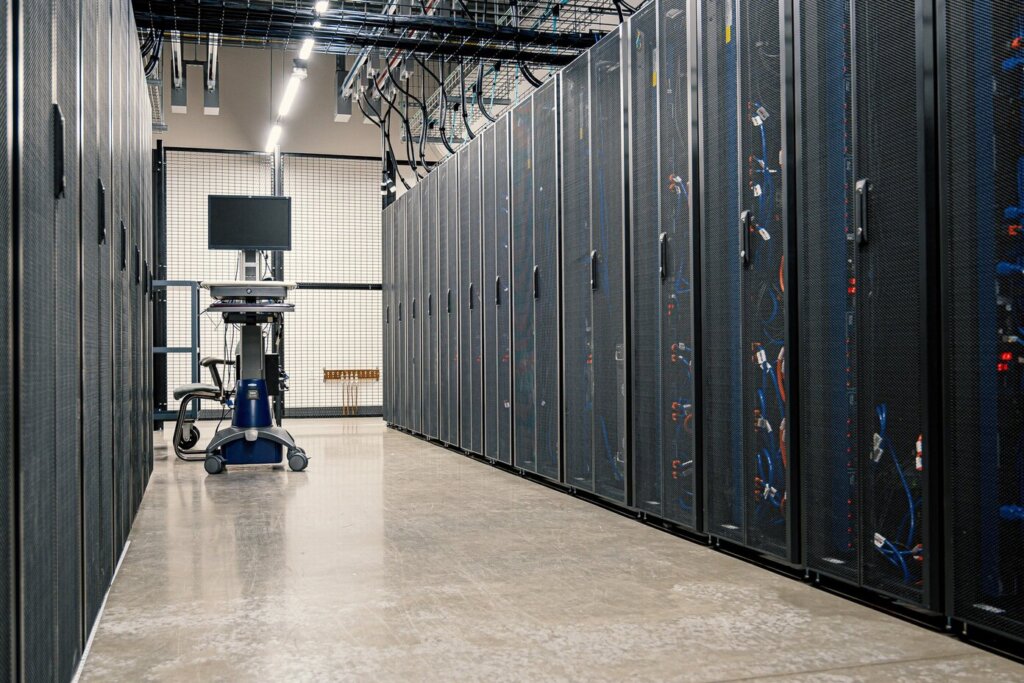In the contemporary world, the vicinity of the entire issue is linked and relies upon the internet, LAN cables have to stop up a quintessential factor of any neighborhood infrastructure. They are the backbone of close-by neighborhood networks (LANs) and furnish a reliable and speedy connection between devices. In this article, we will furnish you with the entirety you prefer to apprehend about LAN cables, such as their types, characteristics, and uses.
What are LAN cables?
LAN cables, moreover identified as Ethernet cables, are the bodily cables that be part of computers, switches, routers, and specific neighborhood gadgets together to create a LAN. They are designed to transmit information over short distances and are critical for close-by networks, such as those decided in homes, offices, and schools.
Types of LAN cables
There are quite a number sorts of LAN cables, each and every one with its very personal unique features and uses. The most normal varieties of LAN cables are:
Category 5 (Cat5) cable: This type of cable is the most considerably used Ethernet cable and is profitable in transmitting records at speeds of up to one hundred Mbps. Cat5 cables are normally used in homes and small places of business networks.
Category 5e (Cat5e) cable: Cat5e cables are elevated mannequins of Cat5 cables and can transmit facts at speeds of up to 1 Gbps. They are nice for small to medium-sized networks.
Category 6 (Cat6) cable: Cat6 cables are designed to assist faster statistics transmission speeds of up to 10 Gbps. They are in many instances used in large places of business networks and data centers.
Category 6a (Cat6a) cable: Cat6a cables are an increased mannequin of Cat6 cables and can transmit information at speeds of up to 10 Gbps over longer distances. They are great for huge networks that require high-speed file transmission.
Characteristics of LAN cables
LAN cables have endless qualities that make them terrific for their supposed use. These features include:
Bandwidth: The bandwidth of a LAN cable refers to the variety of archives that can be transmitted over the cable in a given volume of time. The larger the bandwidth, the faster the records transmission speed.
Shielding: Some LAN cables are shielded, which is attainable in that they are covered in a layer of metal to shield the cable from electromagnetic interference (EMI) and radio frequency interference (RFI).
Length: The measurement of a LAN cable is an essential consideration as it affects the records transmission speed. The longer the cable, the slower the data transmission speed.
Connector type: LAN cables come with special connector types, such as RJ-45 and BNC connectors. It is fundamental to use the proper connector variety for your neighborhood devices.
Uses of LAN cables
LAN cables are used in pretty a quantity of applications, including:
Connecting pc structures and distinctive gadgets to a network: LAN cables are used to be part of gadgets to a LAN, allowing them to discuss and share data.
Setting up a home network: LAN cables are used to set up a home network, enabling a couple of gadgets to be part of the net and share resources.
Connecting servers and storage devices: LAN cables are used to be a part of servers and storage gadgets to a LAN, allowing them to share data and resources.
Connecting IP telephones and extraordinary VoIP devices: LAN cables are used to be a part of IP telephones and unique Voice over Internet Protocol (VoIP) gadgets to a LAN, allowing voice and video dialog over the network.
LAN cables are a quintessential element of any neighborhood infrastructure. They provide a reliable and rapid connection between devices, allowing them to communicate and share data. Understanding the extraordinary varieties and qualities of LAN cables is quintessential in choosing the proper cable for your neighborhood requirements. Whether you are setting up a small home neighborhood or a big industrial corporation network, deciding on the appropriate LAN cable is vital to make certain most advantageous common overall performance and reliability.
In summary, we have explored pretty a range of kinds of LAN cables, which encompass twisted-pair copper cables, fiber optic cables, and coaxial cables. Each form of the cable has its non-public different factors and advantages, and the choice for cable depends upon a wide variety of elements such as distance, bandwidth requirements, and environmental factors.
Twisted-pair copper cables are the most normally used variety of LAN cables due to their affordability, ease of installation, and compatibility with most neighborhood devices. They come in awesome categories, such as Cat5e, Cat6, and Cat7, with each and every type imparting increased bandwidth and greater basic overall performance than the previous one.
Fiber optic cables, on the exclusive hand, are ideal for long-distance and high-bandwidth applications. They are immune to electromagnetic interference and supply faster speeds than copper cables. However, they are larger and more luxurious and require specialized setup and maintenance.
Coaxial cables are used in some applications, in commonplace in cable TV networks, and have the gain of being successful to increase every video and data alert over prolonged distances.
In conclusion, finding out the perfect LAN cable depends upon limitless factors such as distance, bandwidth requirements, and environmental factors. It is vital to suppose about these factors and select the extremely good cable to make positive gold well-known average overall performance and reliability. As technological understanding continues to advance, new varieties of LAN cables can also moreover emerge, and it is critical to proceed to be updated and educated about the contemporary dispositions in the field.
